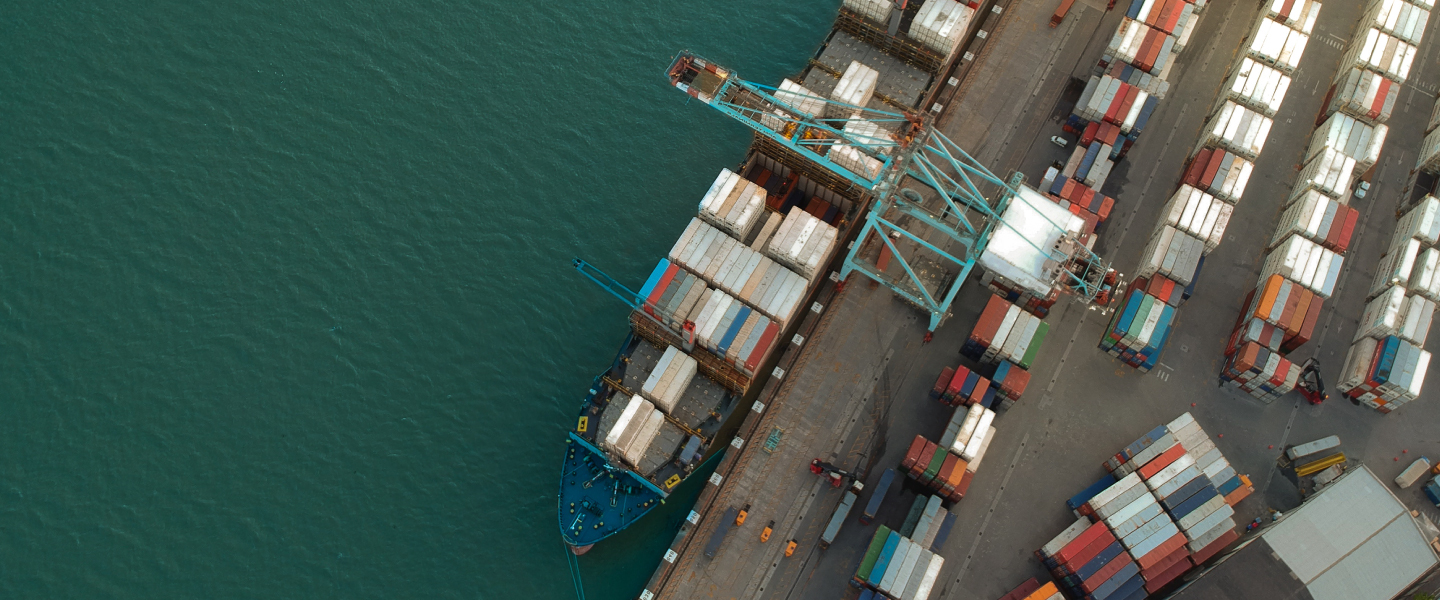-
SOC Attestation
Independent opinion attesting to the commitment of service providers to sound internal controls
-
Audit and review of financial statements
Credibility of your company's accounting activities in accordance with the legislation in force
-
Assurance of Non-Financial Reports
It aims to meet the needs of the business, being able to contemplate different bases and sectorial and global development guidelines
-
Assurance of Integrated Reporting and Sustainability Reports
Differential for rendering accounts and demonstrating the engagement of organizations in relation to sustainable practices and their generation of value
-
Assistance in accounting definitions
Quality, comparability and transparency of financial information in your company
-
Accounting, Labor and Tax Compliance
Permanent diagnostics and advice to raise the level of controls and mitigate risks
-
Pre-Audit Diagnosis
Diagnostics capable of offering support according to the purpose and needs of the business
-
Assessment reports for consolidations, spin-offs, and mergers
Technical evaluation of net assets at book value or of net assets adjusted to market prices
-
Capital Markets
Complete analysis and preparation for strategic fundraising operations

-
Business Consulting
Approaches compatible with technologies that support corporate decision-making and stimulate innovation
-
Strategy & Transactions
Performance of operations and capital structure to enable more efficient corporate transactions
-
FIDS – Forensic, Investigation & Dispute Services
Identification, protection and prevention of risks to preserve business integrity and security
-
Risk and Compliance - BRS
Risk management, process improvement to achieve strategic objectives
-
Judicial Administration in Business Recovery
Global teams and structures to work with the deep knowledge, legality and ethics that the issue requires
-
Business Restructuring and Recovery
Assertive plans and agile actions to recover your company's strategy and performance
-
Global Mobility Services
International mobility programs in compliance with local tax legislation and optimized costs
-
Home page
Financial Statements
-
Transfer Pricing
Review or elaboration of calculations that allow the most assertive compliance in operations abroad
-
Labor & Social Security
Identification of existing risks and opportunities according to the current moment and future perspectives
-
Direct tax
Agile strategies for complying with laws and enabling regional and sectoral tax incentives
-
Indirect tax
Specialized support capable of increasing legal certainty involving different laws and jurisprudence
-
International Tax
Analysis and planning of scenarios in different jurisdictions, with integration into the Brazilian scenario

It so happens that, inexplicably, we have the impression that we are still far from mastering, planning, executing, enjoying and, above all, obtaining a return on sustainability actions. In other words, what is the ROI of our sustainability actions?
The vast majority of studies, publications, reports and also action campaigns related to ESG aspects portray a series of improvements, advances, benefits to the well-being of employees and society (which is the real purpose), but we believe that there is still an enormous challenge to effectively measure and determine whether such successes brought with them a financial return on the bottom line of these institutions.
The implementation and evaluation models have naturally evolved and there are already several guidelines, methodologies, standards and regulations, such as: Dow Jones Sustainability Index (ISDJ), Carbon Disclosure Project (CDP), Corporate Sustainability Index (ISE), Global Reporting Initiative (GRI), Integrated Report (RI), Sustainability Accounting Standards Board (SASB) Ethos Indicators, ISO 26000, and ISO 14000.
Each of the models mentioned are applicable and focused on specific analysis dimensions (climate, environmental, social, process, governance, compliance, among others) and, in our view, meets the requirements of compliance and fulfillment with standards and practices currently understood as sustainability goals, but none of them manages to close the quantitative and financial link that allows the calculation of the return of each one of the actions.
Naturally, the challenge is justified by the complexity of measuring the benefits of integrating ESG aspects into the core business and translating the qualitative into quantitative and then into financial benefits.
Sustainability Practices in Supply Chain
From this perspective, uncertainty can be mitigated based on practices, experiences and success cases in the specific approaches of each market segment and that, effectively, it is possible to map, measure and determine the ROI. In this content, we address two of the main sustainability initiatives and practices applied in Supply Chain Management.
Energy Efficiency in Transport
One of the most relevant items in the composition of transport costs is the cost of fuel, which is easily measured, controlled, calculated and which directly impacts any financial statement. Thus, the rationalization of fuel consumption implies transport efficiency, which is an aspect directly related to sustainability actions and which necessarily brings gains to the operation.
From a more strategic perspective, in terms of transport modes, it is worth mentioning that the energy efficiency ratio between air, road, rail and waterway modes has an approximate ratio of 1:15:50:150, that is, for one unit of fuel consumed, air travels 1 km, road 15 km, rail 50 km, and waterway 150 km. In this way, the strategic and adequate decision of modal selection not only optimizes logistics, reduces costs, but also significantly contributes to the reduction of carbon dioxide emissions.
Still in the sustainability vision, from a more tactical/operational perspective, considering the main modal used in Brazil, which is road transportation, the management of the vehicle and driver fleet, with efficient maintenance and fleet renewal plans, guarantee vehicles running in its best condition, both in terms of safety and fuel consumption and emission of pollutants.
The transportation optimization is related, in particular, to the better use of the vehicle's carrying capacity and the optimized displacement in the transfer and distribution routes. In other words, transport planning actions that maximize vehicle occupancy, return cargo and reduce waiting times imply a reduction in travel time, a reduction in the fleet and, consequently, lower costs and less energy inefficiencies.
In this regard, the fleet and route optimization becomes even more relevant if we consider the successive regulations on polluting gas emissions, the EURO-V, currently in force in Brazil, which, among others, requires the addition of additives (ARLA) .
Reverse Logistic
In the literature, it appears that during the fourth phase of the evolution of supply chain management, specifically experienced about two decades ago in Brazil, the supply chain had the greatest focus on the customer/consumer, as the last and final link. Fortunately, we have evolved and have, as one of the greatest potential contributions to sustainability, the management of reverse logistics, that is, the return of the entire flow of materials, waste and information to the producer, passing through the sales channels, industry and raw material suppliers.
Obligations arising from new legislation point to growing pressures for shared responsibility in the life cycle of products, especially in the chemical, consumer goods, electronics, automotive and telecommunications industries. Again, it is a broad discipline that allows for quantitative assessment in terms of volumes and costs that can be reduced.
The main challenges of reverse logistics are related to:
- search for collaboration between several entities in the chain: supplier, producer, and consumer.
- use of technologies to transform materials.
- integration of processes in the return chain.
- consolidation of materials that allows for gains of scale and, consequently, the treatment and reuse of this resource.
Defining adequate ways for reduction, recycling, recovery and disposal is a great challenge, whose economically viable solution is still far away, especially for some industries. Studies of intersectoral scenarios and partnerships, fostering the development of cooperatives and stimulating new markets can bring effective solutions with very positive results.
On the other hand, the differentiated destination through processing or composting and thinking about the product from development to disposal, seeking the best options in raw materials and packaging throughout its life cycle, can facilitate the proper disposal process, energy use and differentiation before the market.
It is worth considering here an additional challenge in this topic, related to the difficulty in aligning and implementing public policies in the three governmental levels, whose consequences fall directly on the actions of the private entity.
In short, the gains and benefits of sustainability initiatives, applied to the supply chain, are largely subject to evaluation, measurement and ROI calculation, as sustainability initiatives directly impact the business areas of the supply chain, that is, in the core logistics activities.
How can Grant Thornton Brazil help?
Count on the expertise of our professionals to analyze opportunities and optimize your company's supply chain operations by meeting sustainability aspects and focusing on financial returns in a practical and efficient manner.






